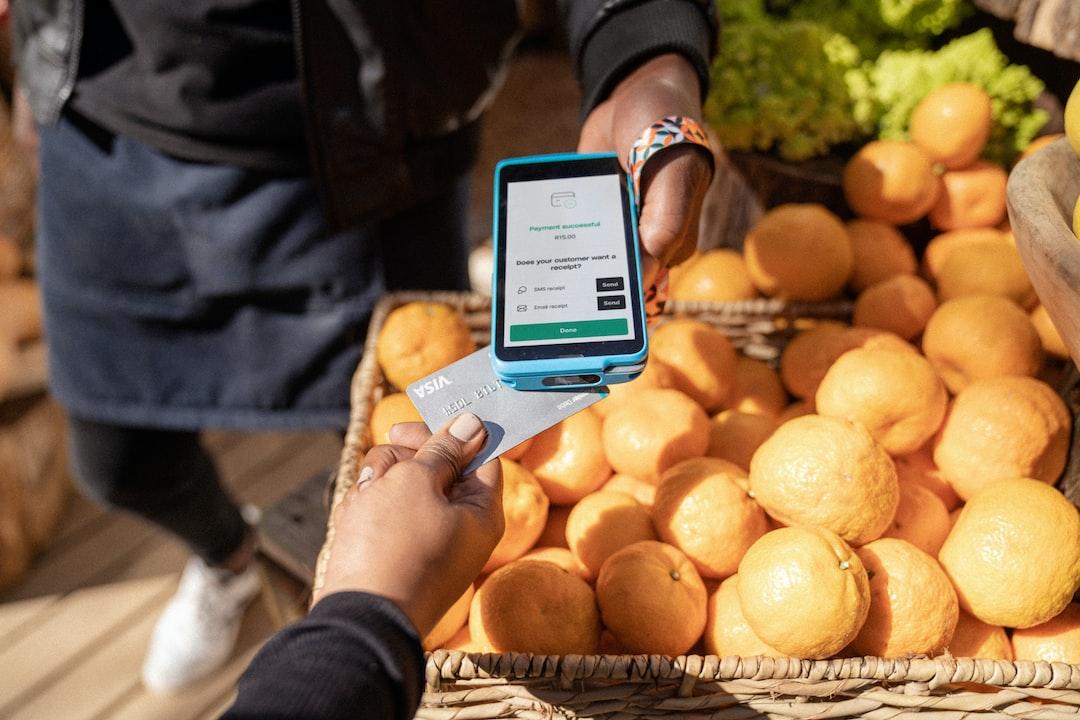What is the progress of Taiwan’s CBDC?
In recent years, countries around the world have been studying the possibility of central bank digital currencies (CBDCs). Japan, the eurozone, and the UK are currently in the conceptual verification or prototype construction stage, while China and Thailand have entered the pilot stage. The Central Bank of Taiwan has also been studying the possibility of a “digital New Taiwan Dollar” since 2019 and is currently in the prototype construction stage.
On August 8th, the President of the Central Bank, Yang Chin-long, went to the Legislative Yuan Finance Committee to give a special report and answer questions on the planning of digital currency issuance and the digital transformation of currency.
CBDC Architecture Planning
In response to the evolution of digital technology, the Central Bank of Taiwan has begun promoting the digital transformation of currency and conducting research and experiments on CBDC, hoping that the issuance of CBDC can play a stable role in currency and finance.
According to a written report by the central bank, Taiwan has currently built a CBDC prototype platform, which can issue digital cash in the future for everyday public payments.
The current CBDC prototype platform already has various functions, including the issuance, circulation, transfer, payment, tax payment, shopping deductions, exchange, and redemption between cash/bank deposits/CBDC, automatic transfer (automatically transferring to a bank deposit account when exceeding the limit set by the wallet), and automatic top-up (automatically transferring from a bank deposit account to a CBDC wallet when the wallet balance is insufficient).
To avoid affecting the functions of financial intermediaries, the platform adopts a two-tier architecture. The central bank issues and distributes CBDC to intermediaries (such as banks and electronic payment institutions), who then provide CBDC to users. In addition, to prevent people from converting a large amount of deposits into CBDC, no interest will be calculated during the initial issuance.

Based on risk management considerations and the convenience of public use, CBDC wallets will be divided into “anonymous” and “registered” wallets. Users can choose to open either an anonymous or registered wallet, and the biggest difference between the two lies in the “maximum usage limit”.
The transaction and holding amounts in the wallets on the platform will have limits, and intermediaries can set their own limits based on their risk considerations. The maximum usage limit for anonymous wallets will be lower than that of registered wallets.
If users choose a registered wallet, they will need to go through real-name registration (KYC) by intermediaries. The intermediaries will properly store and manage users’ personal information in accordance with current regulations on data privacy protection. The central bank will process related transactions using de-identified technology and will not retain user transaction details.
Next Steps for CBDC Issuance
The central bank is currently promoting CBDC in three main directions: extensive communication, platform technology improvement, and legal framework deliberation.
The outsourced questionnaire survey was completed in April this year, and subsequently, public hearings, briefings, and forums will be held starting from 2025 to engage in more extensive and concrete exchanges, strengthen the promotion of CBDC, and enhance public awareness. At the same time, the central bank will continue to collect relevant legal information from major countries and inventory the relevant regulations that Taiwan may need to formulate or amend for the future issuance of CBDC, including the legal basis for CBDC issuance, anti-money laundering, information security, and privacy protection.
In addition, considering the digital divide, the central bank is currently conducting related experiments to enable offline payments using cards for people who do not use smartphones. This allows the public to choose between using a smartphone or card for offline payments even without an internet connection.
Although there is currently no timetable for the issuance of CBDC announced, the central bank is continuously researching and experimenting, improving the processing efficiency and innovative applications of the payment system. For example, the developed CBDC prototype platform for retail payments already supports digital voucher transactions, and the transactions per second (TPS) has increased to 20,000.
Currently, the global payment network Visa, commonly used in traditional finance, can execute over 65,000 transactions per second.
The promotion of CBDC is a huge and complex project that requires long-term and phased implementation. The central bank also emphasizes that CBDC is not a “winner-takes-all” international competition, and the development of countries that have already issued CBDC or conducted pilot projects has not met expectations.

